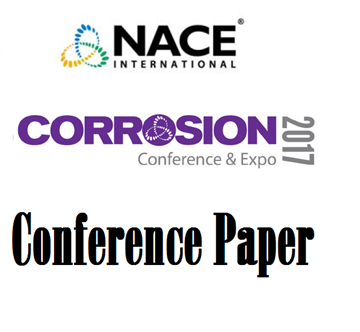Search
51317--9749-Corrosion Resistance of Alloys in Calcium Bromide and Calcium Chloride Solutions
Also Purchased
Corrosion of Stainless Steels and Titanium in Bromide-Containing Solutions
Product Number:
51312-01253-SG
ISBN:
01253 2012 CP
Publication Date:
2012
$20.00
51317--9765-Differences in Fireside Corrosion Under Simulated Char and Lignite Conditions
Product Number:
51317--9765-SG
ISBN:
9765 2017 CP
Publication Date:
2017
$20.00
Ammonium Chloride Corrosion in the Refining Industry
Product Number:
51317--9574-SG
ISBN:
9574 2017 CP
Publication Date:
2017
$20.00




